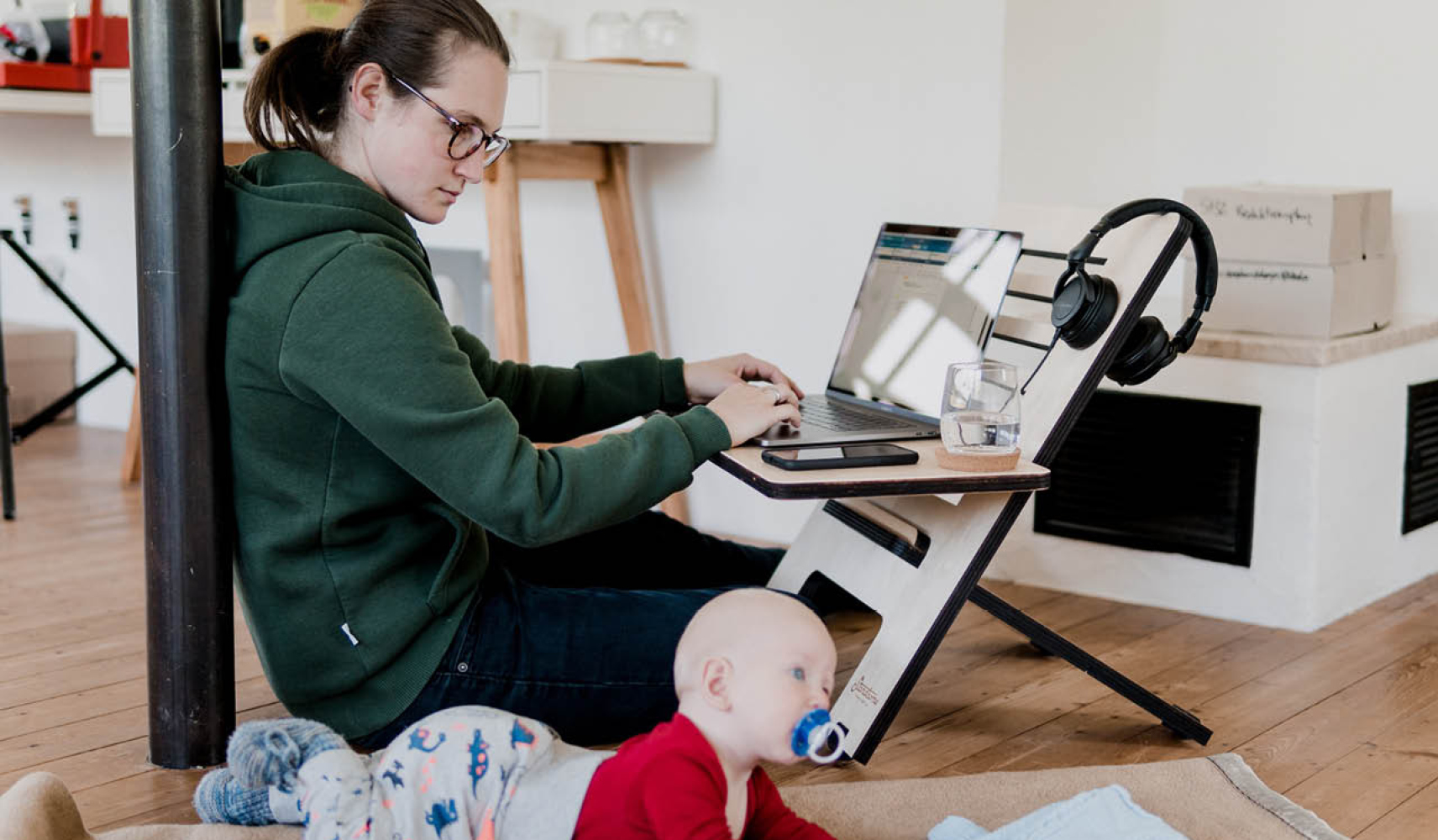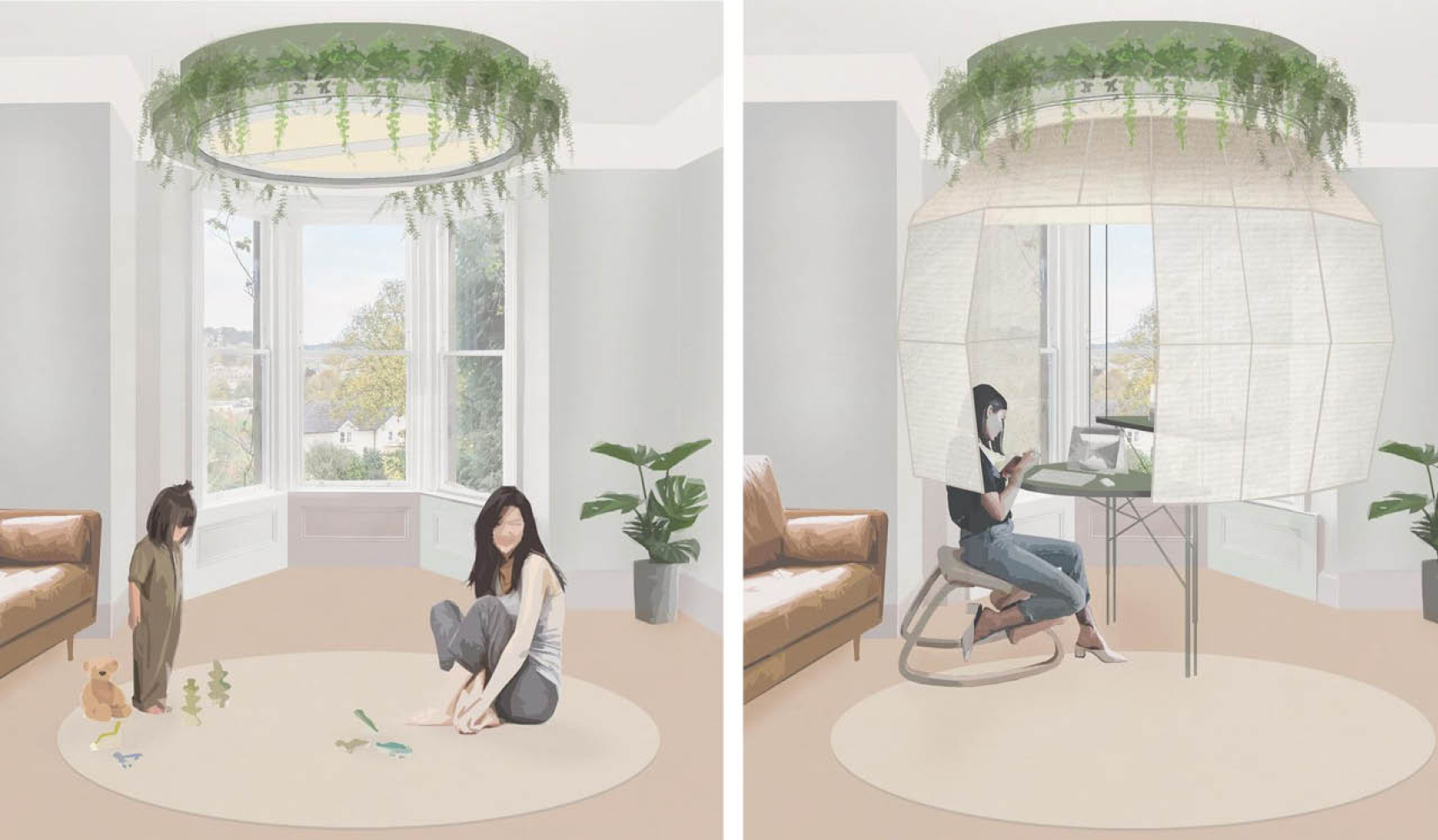The future of working from home
 Neville Johnson Furniture
Neville Johnson Furniture The last 12 months have been groundbreaking in terms of changing attitudes towards working from home. Many people will experience a shift to more flexible and permanent home working, even in a post-pandemic world. We look at how this might impact working from home patterns and the home environment in the long term.
The inequality of working from home
One thing we can expect is that when the dust settles, home working numbers will at least double from their pre-pandemic rates. It’s important to understand which type of workers that affects and whether it will improve their quality of life, or make it more challenging. Will it further exacerbate inequalities in lifestyles for low and high paid workers or unravel some of the progress made on gender parity?
McKinsey believe the potential for future remote work is determined by tasks and activities, not occupation. In their recent study they analysed the potential for working remotely on 2000 tasks and 800 jobs across 9 countries. They found that generally speaking, workers whose jobs require cognitive thinking and problem solving, managing and developing people, and data processing have the greatest potential to work from home. These employees also tend to be among the highest paid. Their report claims that “Hybrid models of remote work are likely to persist in the wake of the pandemic, mostly for a highly educated, well paid minority of the workforce.”
Many jobs are too difficult (or impossible) to execute remotely such as care roles or tasks requiring specialist equipment. For those that are able to do it, experiences of home working can vary greatly; some may prefer it to traditional office life because they have less distractions and find themselves to be more productive at home, whilst others may find the exact opposite is true. A recent IFS study found that women have been disproportionately affected by the pandemic and that the time they spend on paid work at home is more likely to be interrupted by household responsibilities. Mothers have to balance their work with childcare in 47% percent of their working hours (compared with 30% for fathers).

Work when you are well
A recent report by Talk Talk and Working the Future found that productivity had increased exponentially with many Britons now effectively working a 5 day week over 4 days. Talk Talk claim that “The future of work will be blended, highly personalised, and custom-designed to maximise performance potential.”
With employees citing that one of the key benefits of working from home is the ability to work flexible hours, we’ll likely soon see the death of the traditional 9-5. We’ll see a move towards a more flexible scenario where people work the hours that suit them. A ‘work when you are well’ mindset focussed around personal energy cycles, learning to honour the random bursts of motivation or the periods of lethargy that can hit us throughout the week.
This will be particularly important for women who are finding the confidence to be more vocal about their menstrual cycles or PMS struggles and how that impacts their work. Empowering employees with the autonomy to plan their own schedules could lead to a more content and more productive workforce.
Life Splicing
With a reorganisation of priorities for how time is spent in the home, many householders have begun to apply a less rigid, more flexible approach to how they organise their day. Splicing up their hours between childcare, chores, work, mealtimes and exercise, means that homes need to perform in new ways. Interiors will allow for spending time together but on separate activities. Taking into consideration the greater need for sound-proofing, privacy and meeting booths within the living areas of the home, will all be key to accommodating this new life splicing.
Employees homes are becoming the new focus for investment from business leaders. Many businesses have already diverted spend from office real estate to home tech solutions for employees, such as installing high speed wifi and providing laptops. Expect to see these gestures extend to the wider fabric of the home in future if comfort is key to productivity, then why shouldn’t employers invest in this?
